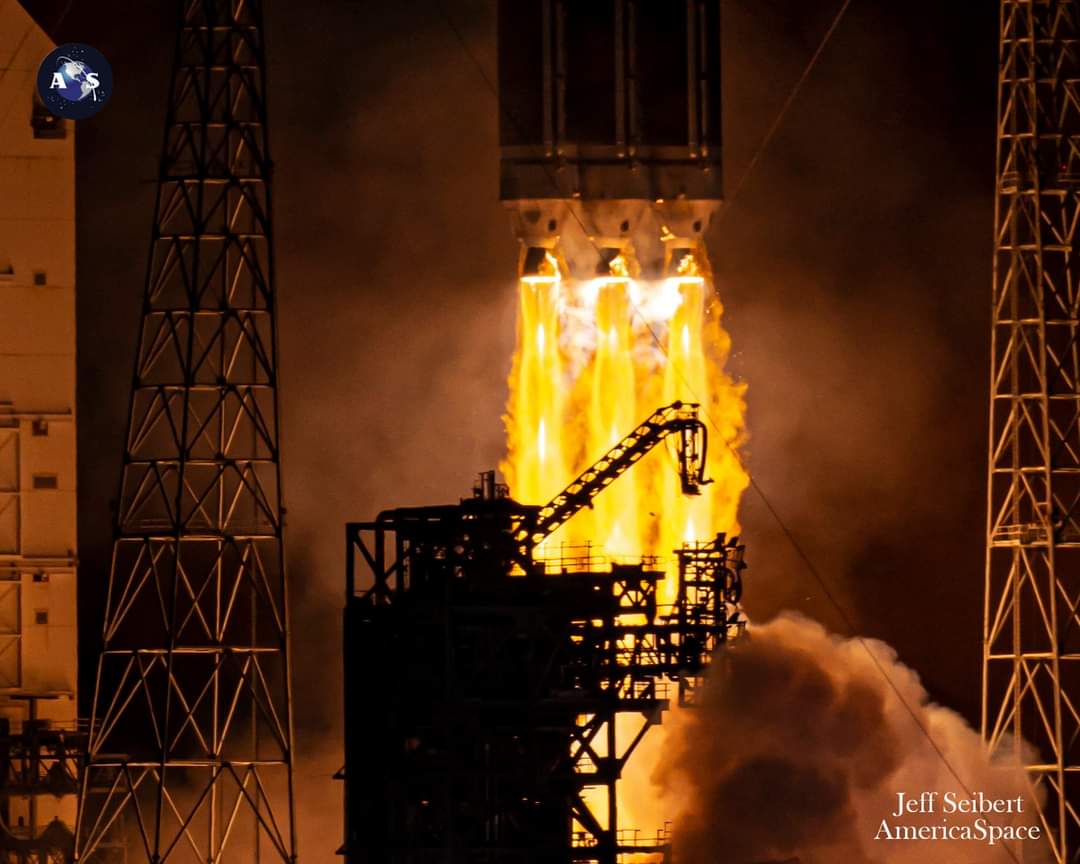
The final curtain-call of the Delta IV Heavy, the last in-service incarnation of a workhorse booster which has logged close to 400 launches across more than six decades, finally has gained its date to fly. United Launch Alliance (ULA) on Tuesday announced that it is targeting an undisclosed “window” on Thursday, 28 March, for the swansong voyage of its 235-foot-tall (72-meter), triple-barreled Heavy and the launch of the highly classified NROL-70 payload to orbit for the National Reconnaissance Office from Space Launch Complex (SLC)-37B at Cape Canaveral Space Force Station, Fla.
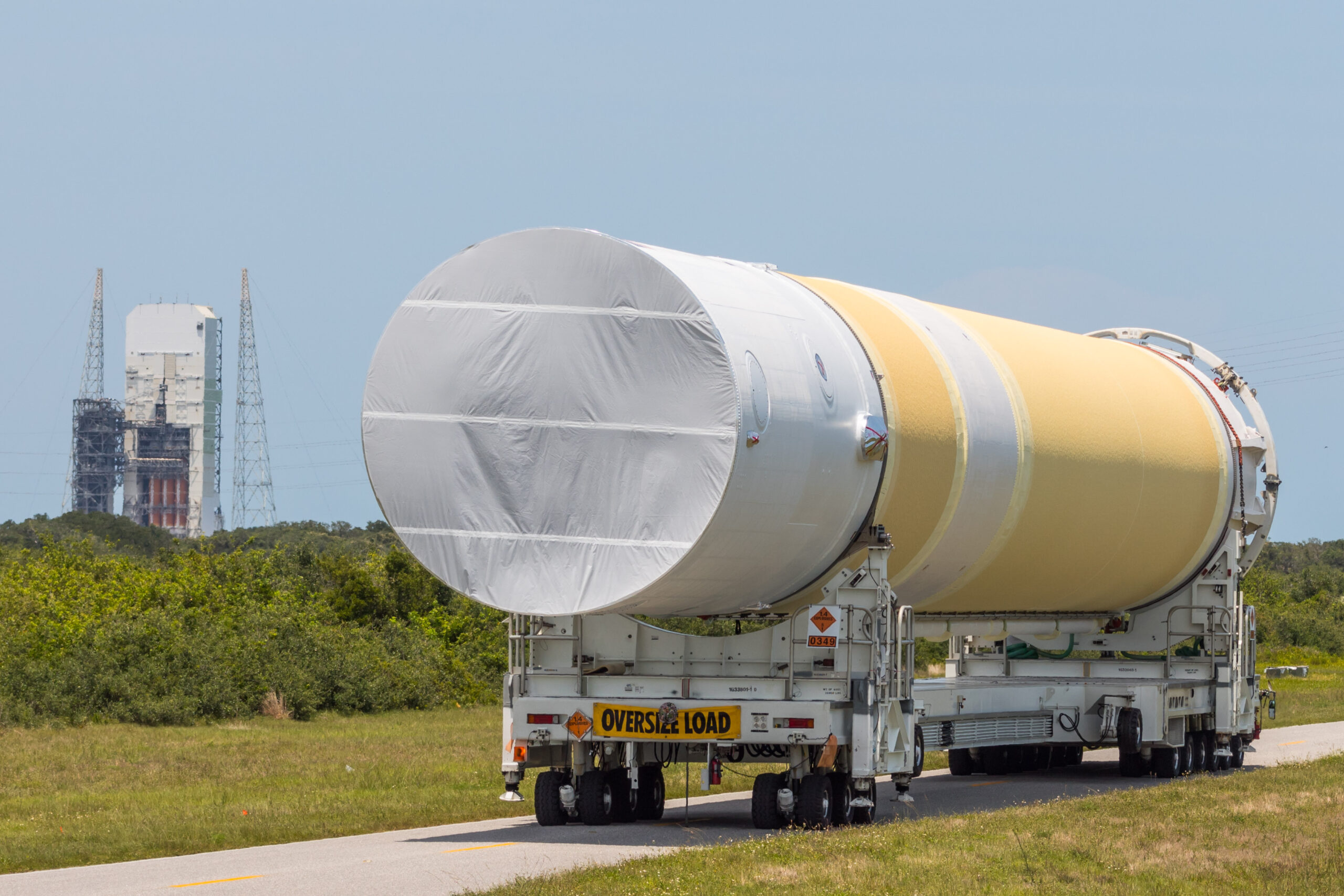
“Everything’s looking great and we’re on track to launch another vitally important national security capability into space,” said Col. Jim Horne, senior materiel leader for the U.S. Space Force’s Space Systems Command (SSC) Launch Execution Delta. “We’ve worked alongside ULA and in close co-ordination with our NRO partners to prepare this Delta IV Heavy, our last Delta ever, and in just a few days the team’s hard work will culminate in this highly anticipated and historic launch.
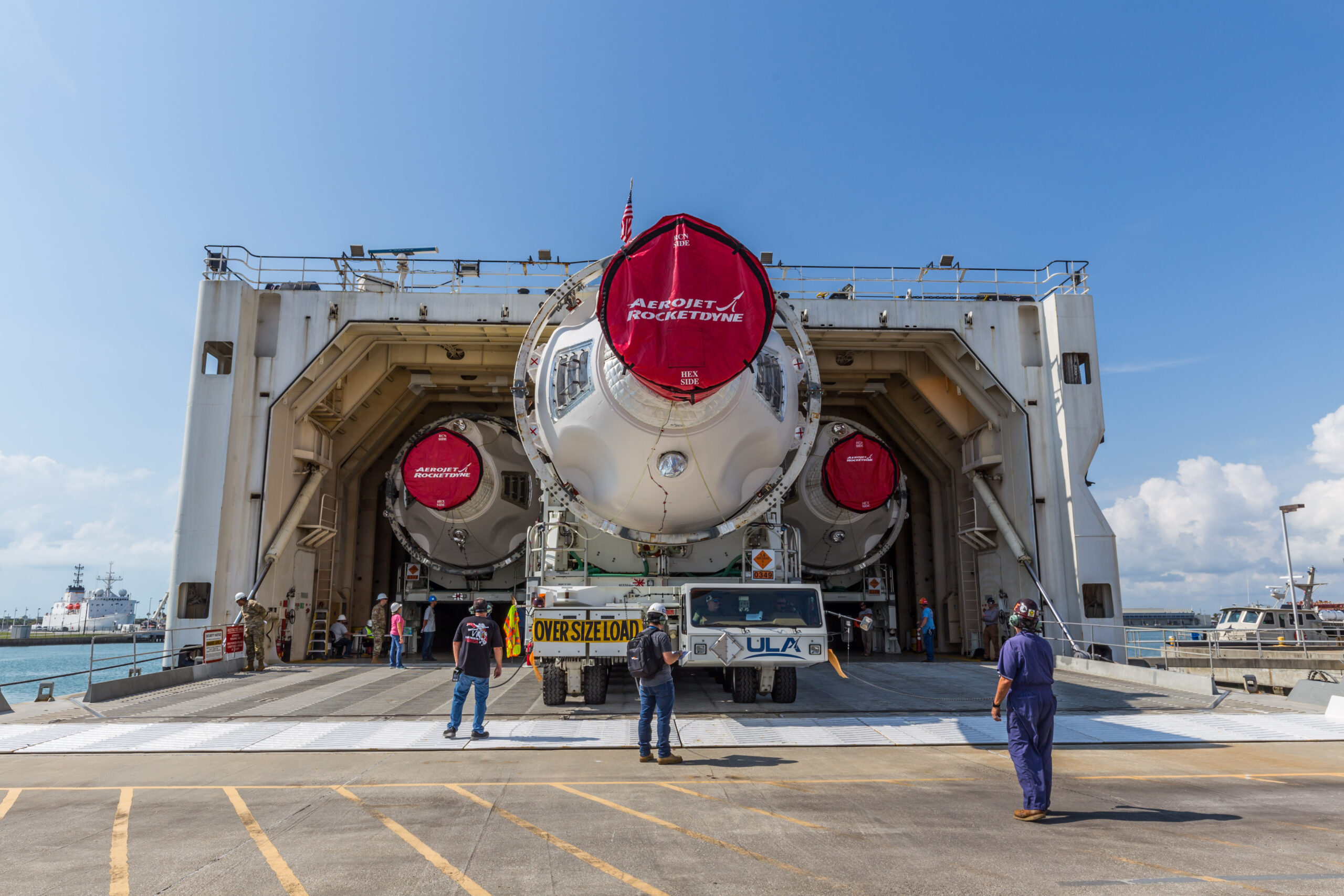
“These launches place critical capabilities into orbit for our nation and our allies in what are dynamic times for the space community,” the colonel continued. “Every member of our launch team understands what’s at stake and works with care and efficiency to prepare for what’s going to be a tremendous launch.”
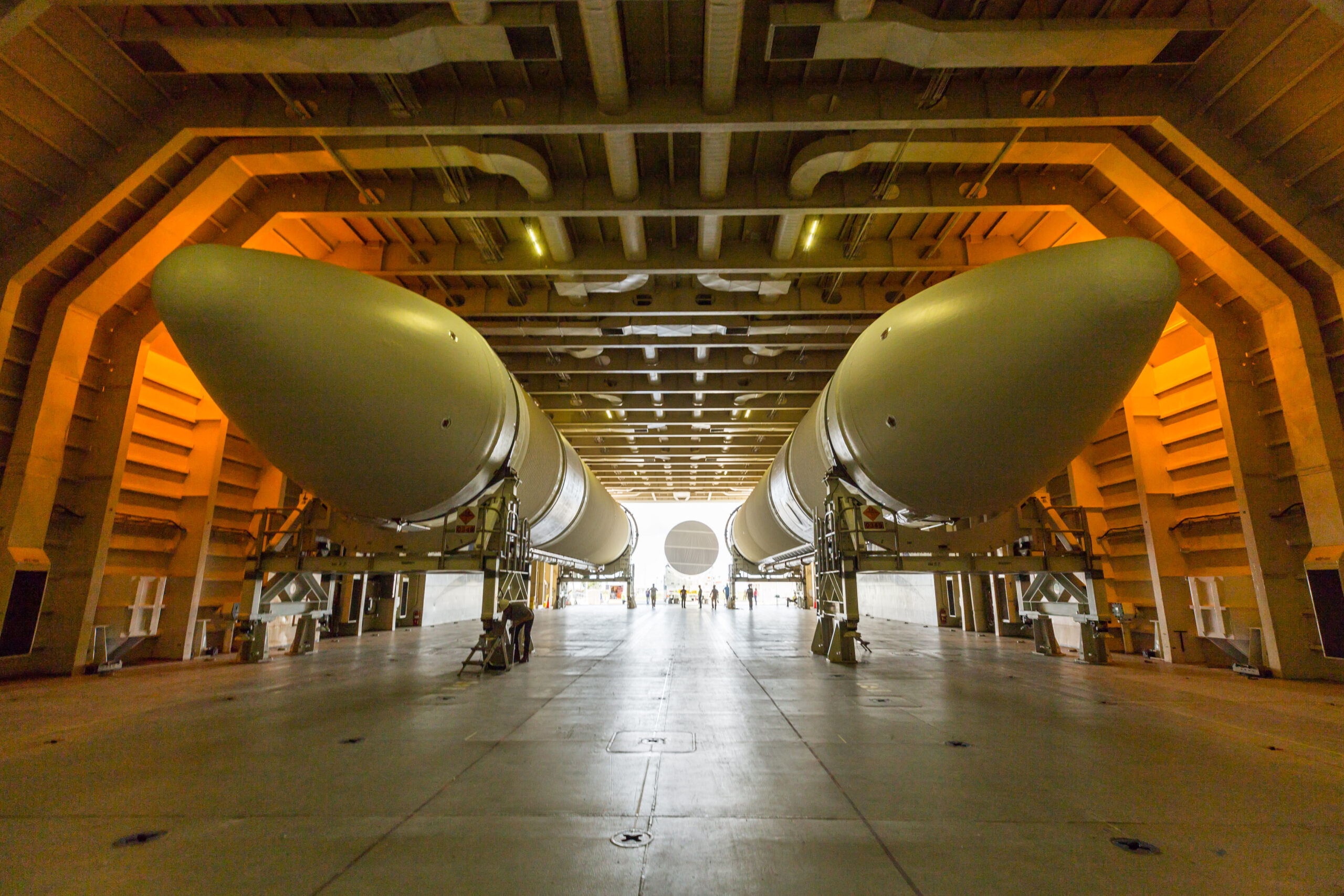
NROL-70 represents the fifth and last mission under a $1.18 billion Launch Operations Support (LOPS) contract modification awarded by the Space and Missile Systems Center (SMC), in partnership with the NRO, to ULA back in September 2019. The contract, which reportedly saved $455 million, followed on the heels of an earlier Launch Vehicle Production Services (LVPS) contract awarded in October 2018 for a group of highly classified NRO payloads dedicated to national security: the many-times-delayed and snakebitten NROL-44, which finally flew in December 2020, NROL-82, launched in April 2021, NROL-91 in September 2022—the final Delta launch out of Vandenberg Space Force Base, Calif.—and most recently last June’s NROL-68.
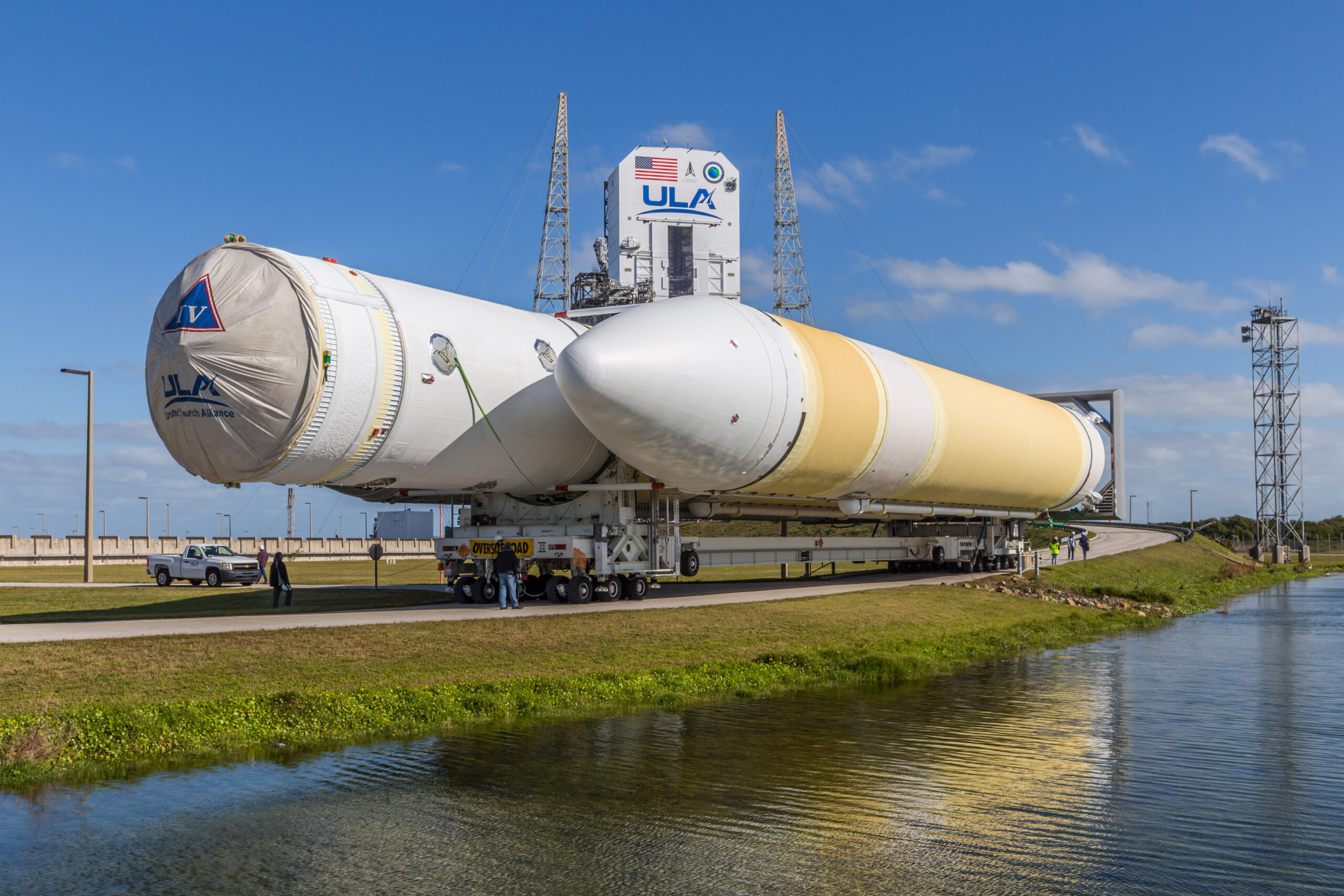
Delta IV Heavy hardware for NROL-70 began arriving at the Cape in May of last year, when the 134-foot-long (40.8-meter) center, port and starboard Common Booster Cores (CBCs) were delivered from ULA’s Decatur, Ala., manufacturing facility to the wharf at Port Canaveral, aboard the R/S RocketShip vessel. Over the next several months, the center core was mated with its port and starboard cores, followed by the 45-foot-long (13.7-meter) Delta Cryogenic Second Stage (DCSS), inside the Horizontal Integration Facility (HIF). Also completed in the HIF, the Launch Mate Unit (LMU) was fastened to the three CBCs to serve as a structural base when it stands atop SLC-37B’s launch table.
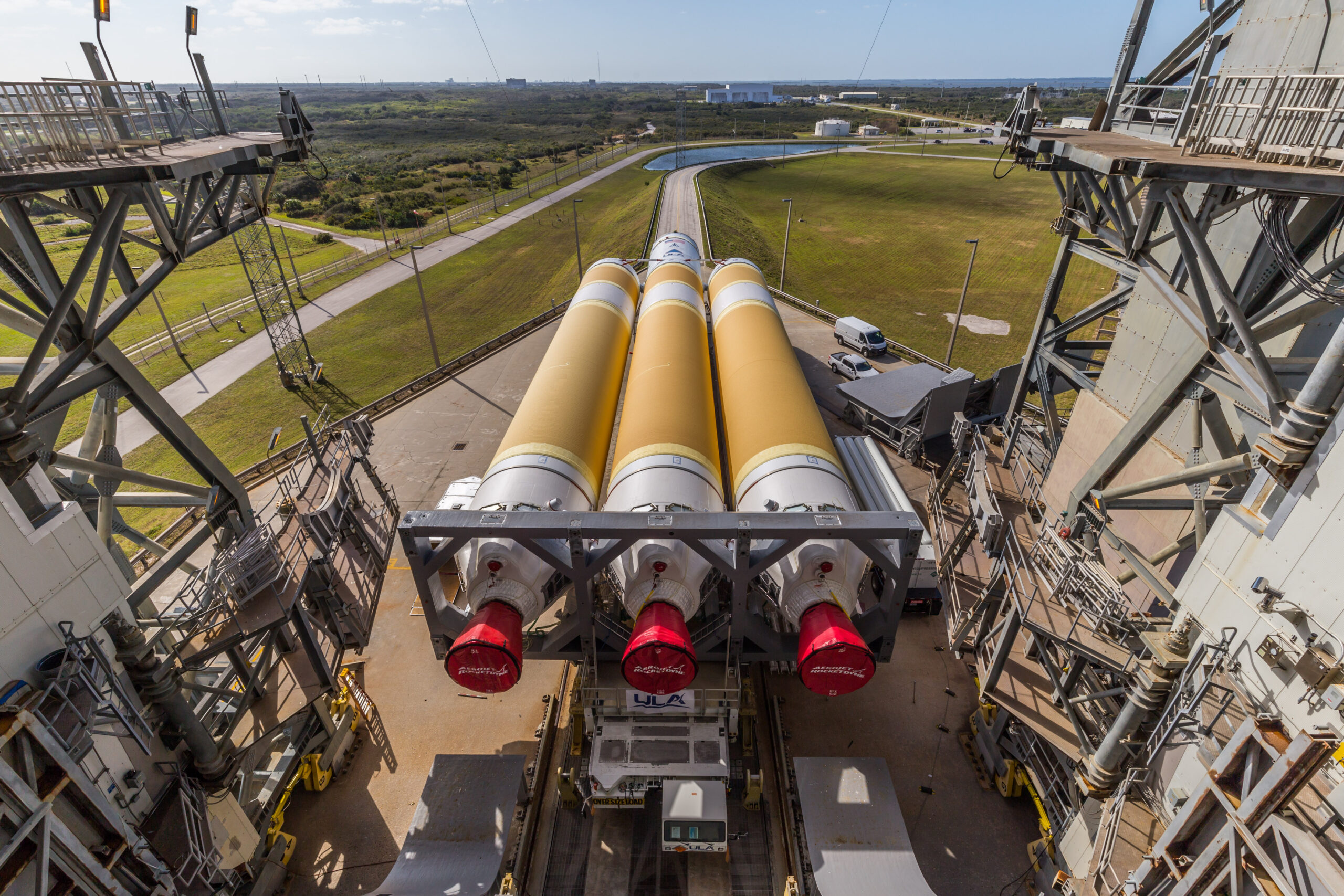
Last 19 December, the 170-foot-long (51.8-meter) rocket—minus its payload fairing—was transferred horizontally via a 36-wheeled, diesel-powered transporter from the HIF to the pad. It was raised vertical the next day as part of the Launch Vehicle On Stand (LVOS) milestone and on 26 February the 65-foot-long (19.8-meter) Payload Fairing (PLF) which encapsulates the NROL-70 spacecraft was added to the stack, topping-out the vehicle at over 235 feet (72 meters) in height.
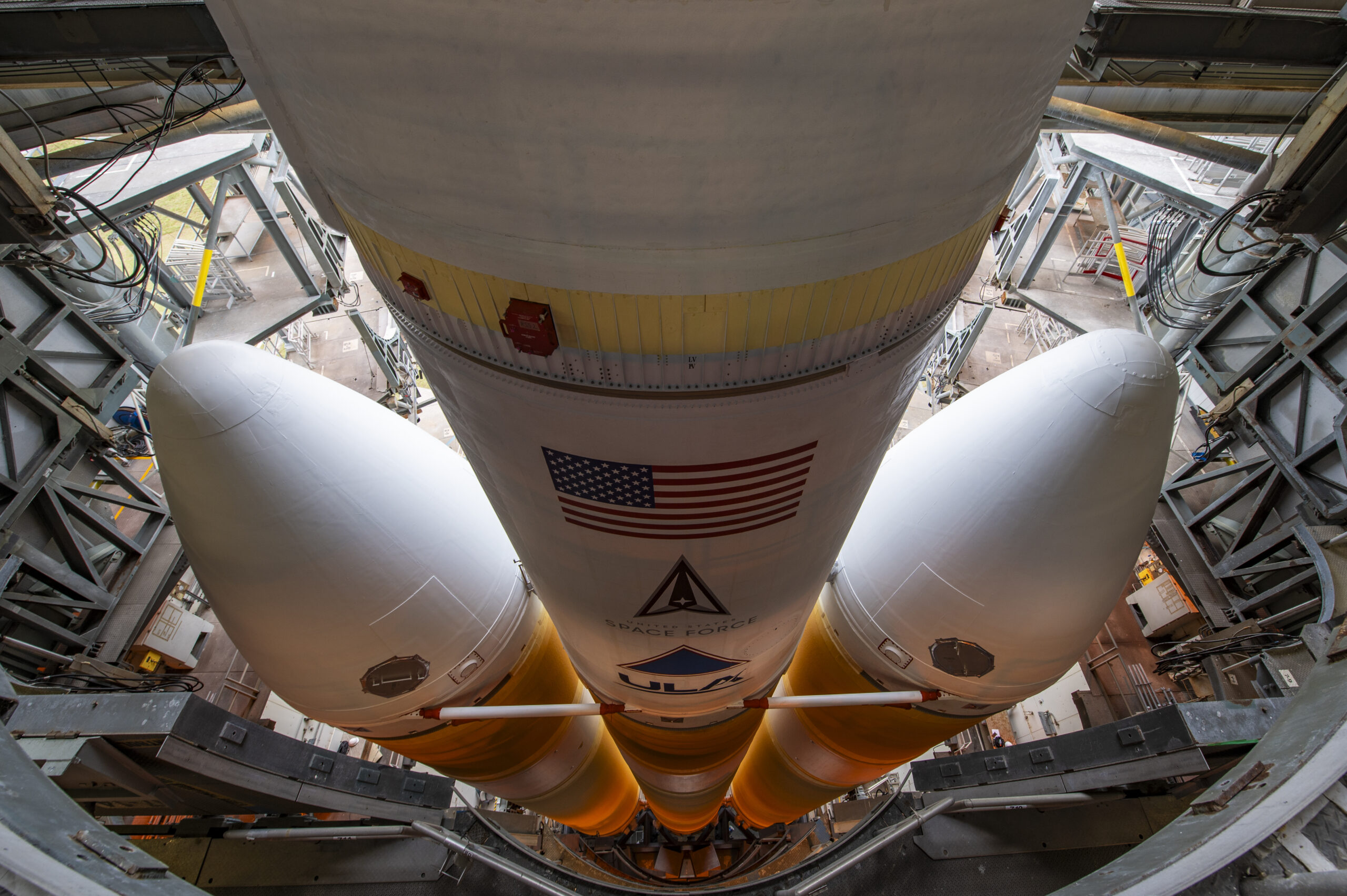
Due to the classified nature of NROL-70, little detail has been fleshed onto the mission’s trajectory, other than the opening handful of minutes of flight, terminating with the separation of the payload fairing at T+6 minutes and 37.1 seconds. The Heavy’s three CBCs—each of which is equipped with a single RS-68A main engine—will ignite at T-5 seconds, powering the stack off the pad at T-0 with a maximum thrust of 2.1 million pounds (1 million kilograms). That liftoff punch made the Delta IV Heavy the most powerful active operational rocket in the world, a title it lost to SpaceX’s Falcon Heavy in February 2018.
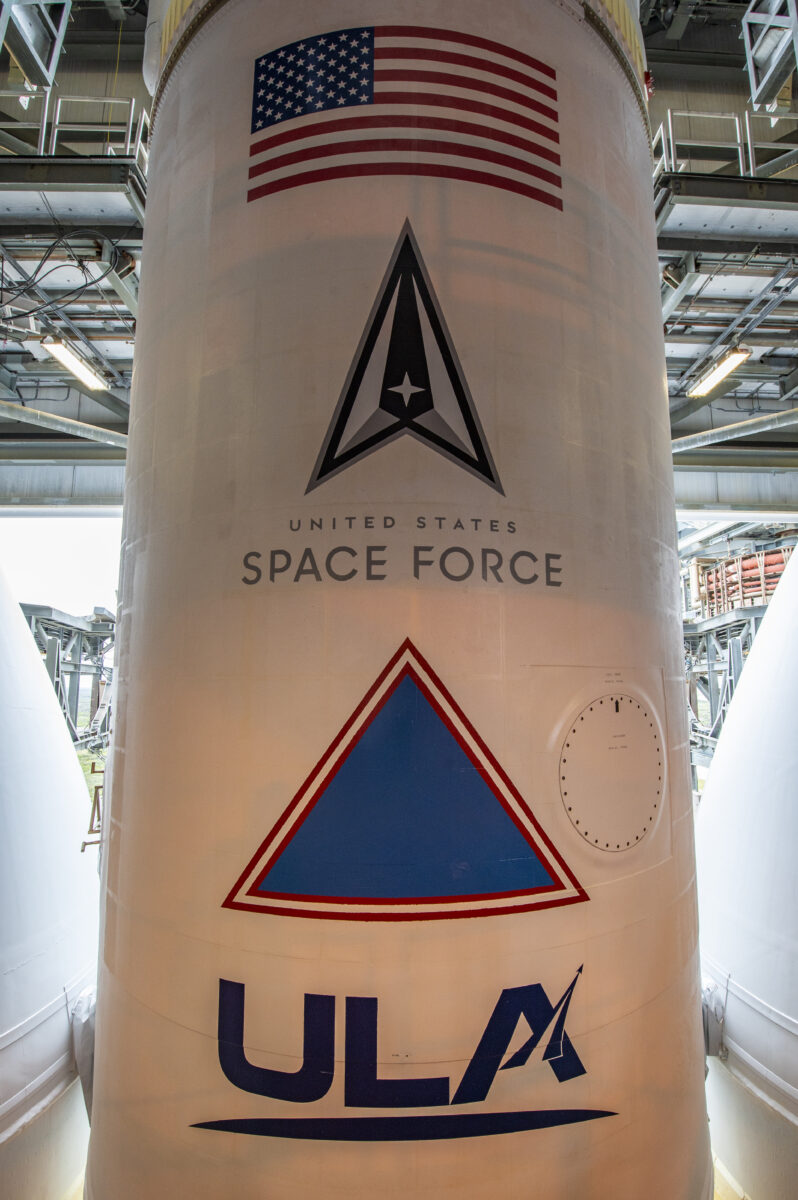
Seventy-eight seconds into the NROL-70 launch, the triple-barreled booster will exceed the speed of sound and experienced “Max Q”, a phase of maximum aerodynamic turbulence upon its airframe. A few seconds shy of four minutes after leaving SLC-37B, the port and starboard CBCs will be jettisoned, with the center core slated to shut down at five minutes and 35 seconds into the flight.
The turn will then come for the DCSS, whose single RL10C-2-1 engine will ignite about six minutes into ascent. The PLF will be discarded 40 seconds later, exposing the NROL-70 payload to the ultra-high vacuum of space for the first time. Remaining NROL-70 mission milestones (as is customary with classified flights of this nature) are unannounced. Also shrouded in secrecy is the nature of NROL-70 itself, thought to be an Orion/Mentor Signals Intelligence (SIGINT) satellite, bound for geostationary orbit.
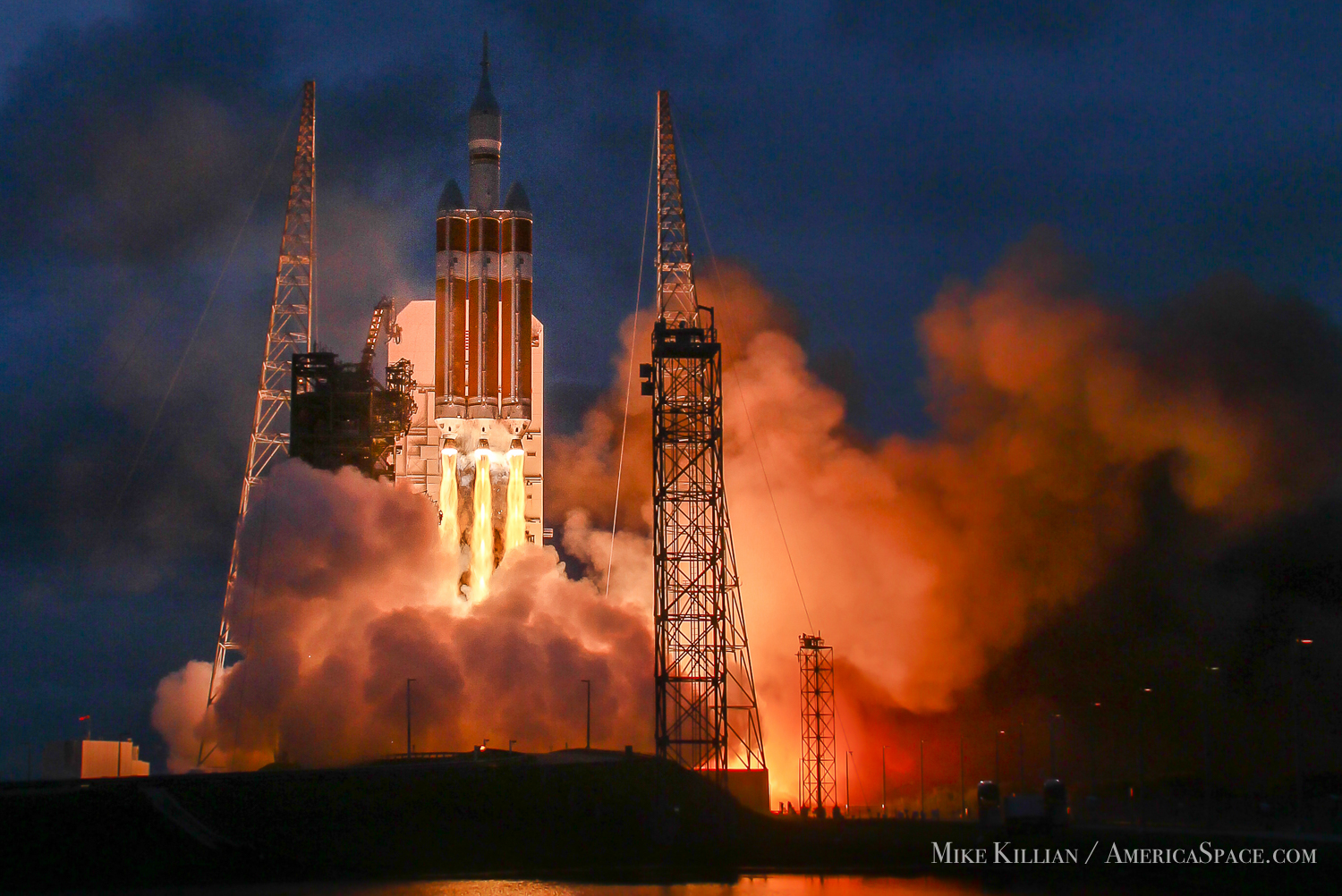
This will be the final flight not only of the Delta IV Heavy, but also of the entire Delta rocket family, after 389 launches and more than six decades of operational service. From its first launch in May 1960 to the upcoming flight of NROL-70, the Delta family has contributed enormously to the history of space exploration.
Its early missions included Echo-1, the first passive communications satellite, launched in August 1960, and Telstar-1, which furnished the first live-broadcasted television pictures between the United States and Europe in July 1962. Deltas also lofted the world’s first geosynchronous-orbiting communications satellite, Syncom-2, in July 1963, as well as Intelsat-1—the famous “Early Bird”—which delivered near-instantaneous transcontinental television and telephone broadcasts for the first time after its April 1965 launch.
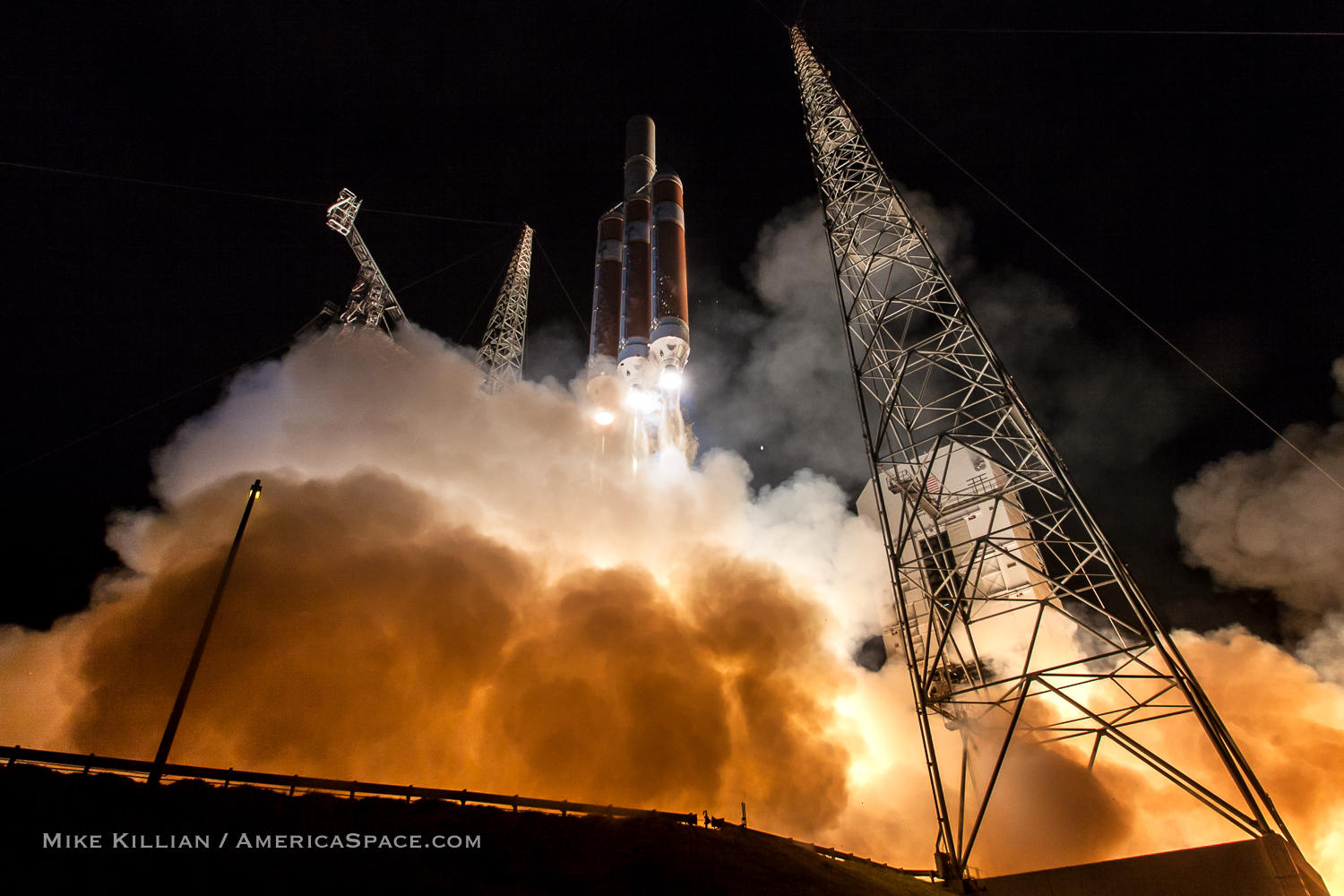
In addition to communications, Deltas delivered missions ranging from meteorology to solar science, atmospheric and magnetospheric physics and space research to Earth resources and life sciences. Key payloads included Solar Max in February 1980—a Sun-observing spacecraft later repaired by Space Shuttle astronauts in April 1984—together with the Infrared Astronomical Satellite (IRAS) in January 1983 and the Near-Earth Asteroid Rendezvous (NEAR) mission, launched in February 1996 to visit, orbit and explore the asteroid 433 Eros.
Members of the Delta family also kicked off multiple voyages to the Red Planet: the Mars Pathfinder with its historic Sojourner rover in December 1996, the Spirit and Opportunity rovers in the summer of 2003 and the Phoenix lander in August 2007. Other missions of deep-space inquiry included the Spitzer space telescope—the last of NASA’s fleet of “Great Observatories”— and the MErcury Surface, Space ENvironment, GEochemitry and Ranging (MESSENGER) voyage to the Sun’s closest planet.
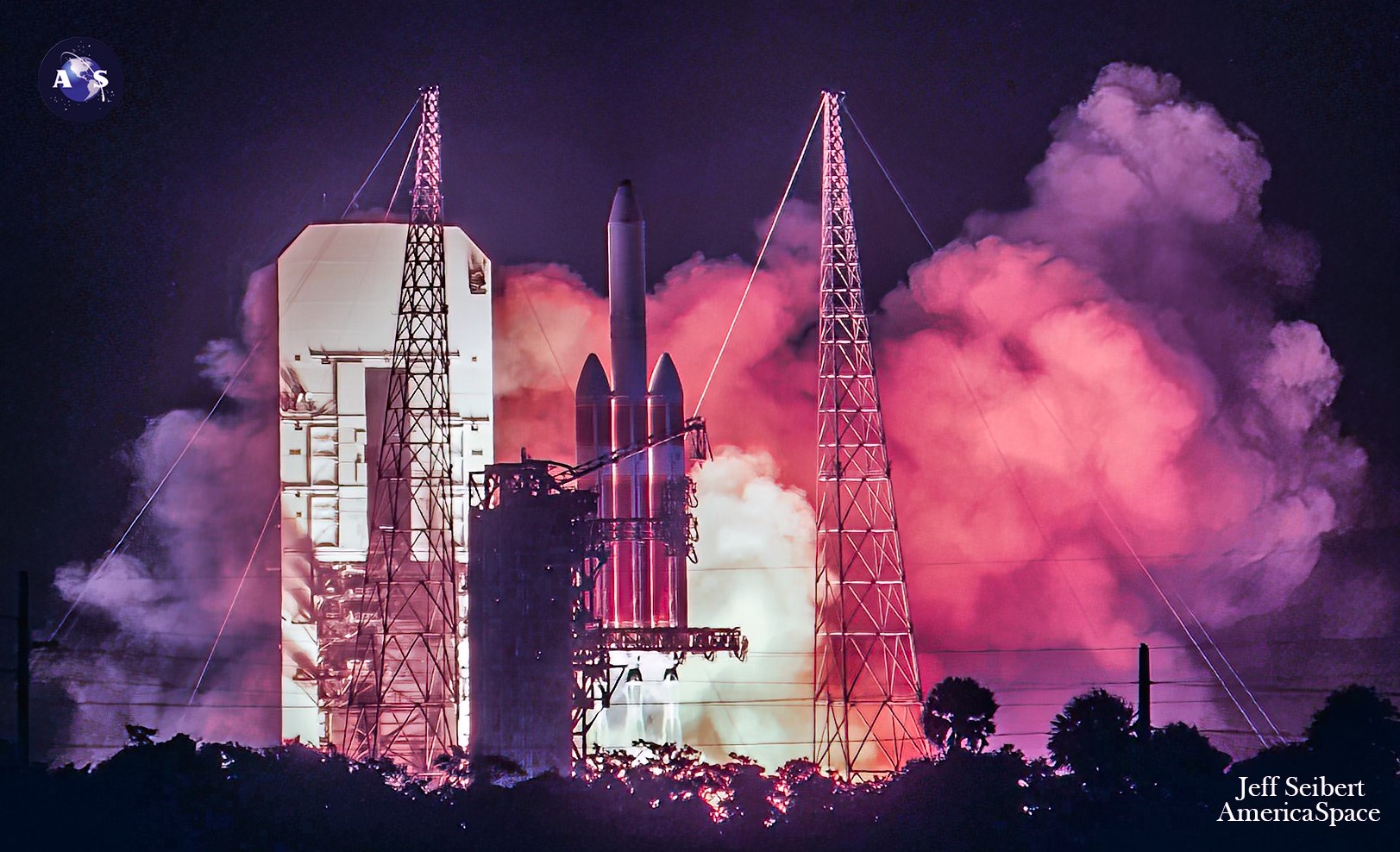
The Delta IV Heavy, for its part, has been a relatively recent addition to this decades-old fleet of rocket. The triple-barreled behemoth entered service in December 2004 and with NROL-70 will have logged 16 launches, tasked with delivering 12 classified payloads uphill for the NRO, as well as the final Defense Support Program (DSP) early-warning satellite in November 2007, the Exploration Flight Test (EFT-1) of NASA’s Orion spacecraft in December 2014 and the Parker Solar Probe in August 2018.




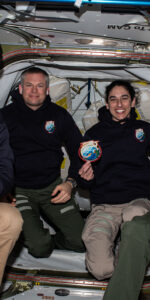
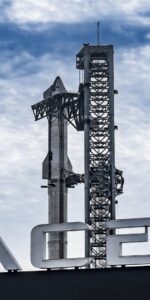
God-speed NRO70. I can recall walking down the Delta production line in the mid-1980s with Paul Klevat, PAM program manager, when there were only two rockets left – until Challenger fell to Earth and the commercial world revitalized the production line. It was very close to total cancellation to make way for Shuttle payloads.